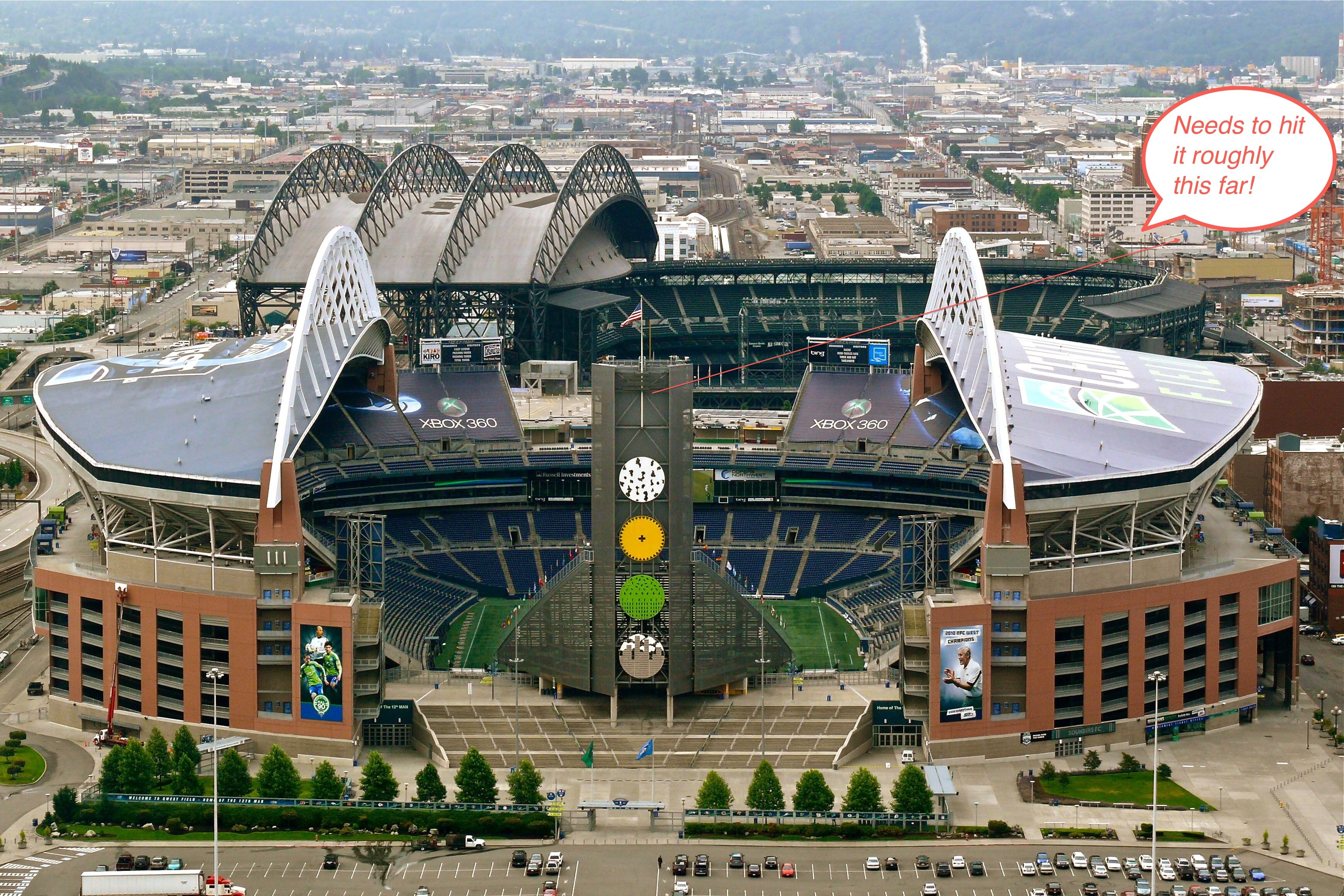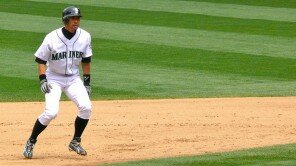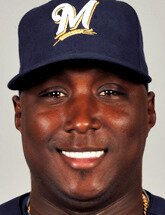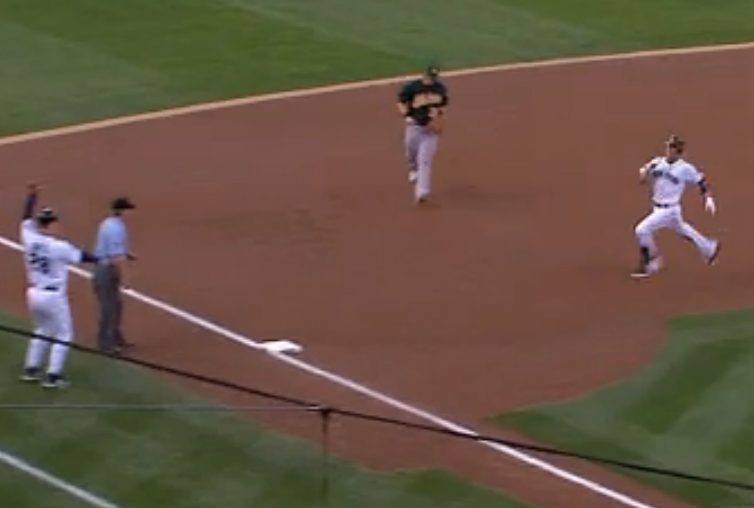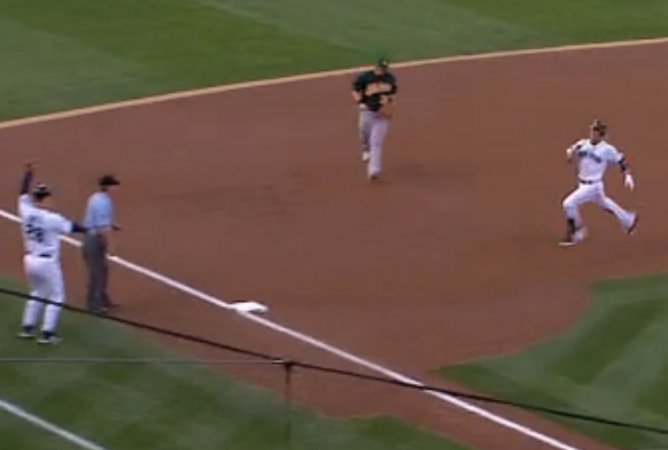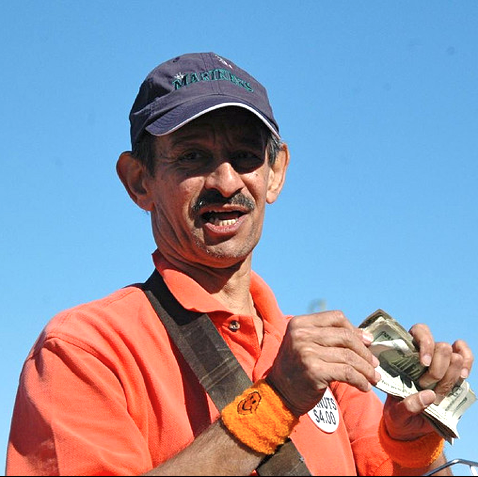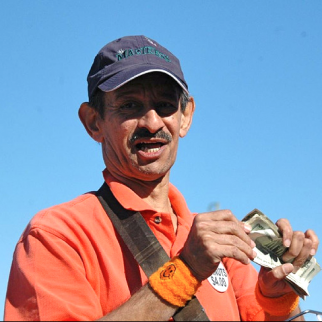This week marks the twentieth anniversary of the release of Nirvana’s Nevermind, the album that, almost in spite of itself, altered the pop-culture firmament forever and eternally put Seattle on the musical map (there’s a dose of hyperbole that’d make Kurt Cobain revolve in his grave).
We at the SunBreak thought it’d be nice to commemorate Nevermind’s release with a roundtable chat about the record, the band that created it, how that music affected us individually, and some of the strange and funny things that were happening in Seattle at the time.
Seth: Of course, I bought Nevermind. Played air drums along with Dave Grohl; that great fill just before Cobain’s two-note wail at the start of “Smells Like Teen Spirit.” We all did. When Nirvana appeared on Saturday Night Live, it was like the Mariners had won the World Series. As I’ve written before, you have to remember that, pre-Cobain and pre-Ken Griffey Jr., Seattle was not cool. Nirvana helped make it so.
Tony: I bought Nevermind the week it came out, on cassette, at the late great Mercer Street Tower Records. Like everyone else, I played the hell out of it. You couldn’t have picked a better target demographic for the album than my grubby, long-haired ass. Cobain was exactly two months older than me; he was a fellow southpaw; and I, too, escaped from a sleepy backwater town (Spanaway, WA to his Aberdeen) that had no use for square pegs who preferred The Ramones to Journey.
MvB: I remember hearing the album so much–it followed you around Seattle, those chords crashing out of cars, apartment windows, in cafés–I never bought a copy, until years later it was one you could get for 1 cent from the Columbia Music Club.
Tony: Nevermind’s universality totally gob-smacked me when it first came out. Punks listened to it. Goths listened to it. Camaro-driving heshers listened to it. Preppies listened to it. Track-suited B-Boys blasted it out of boom boxes. Hell, I saw a fifty-something cowboy—he looked like a member of George Jones’ backup band—at a Northgate stoplight in ‘92, in a dilapidated Ford truck cranking “Breed”. MvB’s right: You couldn’t escape it.
Clint: In high school in CA at the time, I loved “Smells Like Teen Spirit”–the song and the video–immediately. Still, it was a while before I sprung for the CD. I was already a Pearl Jam fan, but was still more into NWA and Ice Cube than rock. That changed in a hurry as my interest in PJ and punk cheerleaders got me into Alice in Chains, Soundgarden, et al.
Tony: Yeah, there’s no denying the impact of the monster hook that made “Smells Like Teen Spirit” such a hit, but those two quietly-menacing guitar notes that thread through the verses are what really get me when I listen to it today.
MvB: Now whenever I hear Kurt sing “a mulatto,” I think of Larry David’s confusion over the term in Curb Your Enthusiasm.
Josh: I was fondly remembering Nevermind when it reached driving age and voting age; as well as when its swimming baby reached important developmental milestones. Why didn’t they hire that kid to emcee the EMP cover/tribute night?
Clint: After a shift at Wal-Mart one day in mid-1992, probably, after much contemplation of Nevermind‘s questionable front cover and creepy monkey back, I wandered to the electronics department and bought the CD, saving 10% with my employee discount. (Though the company hadn’t yet wielded its pro-censorship power, if memory serves, it had hosted family- and mullet-friendly Billy Ray Cyrus at the store that year. Luckily, I had the day off and missed the whole pathetic parade.)
Josh: I also remember someone at summer camp switching my copy of the CD (with the SECRET BONUS TRACK) for his (without the extra song). Sneaky bastard.
Clint: I got a copy with “Endless, Nameless” hiding behind a good chunk of silence, too. I remember thinking the disc was done and then jumping when that last number kicked in–many times.
MvB: I could go on all day about the before-times. I was informed that Kurt used to score his heroin at the Jack in the Box across the street from the Vivace Roasteria. But I was told that by the Kinko’s employee who also said he’d slept with him. Anyway, it seemed like you couldn’t go to a restroom on Capitol Hill at the time without disturbing someone taking a “break.” The B&O smoking section was full of thin young men with unwashed hair who had a suspicious amount of cigarette burns in their clothing from nodding off.
Meanwhile, up the street on Broadway, the boys from REM would be downing some alfalfa concoction at the Gravity Bar, with its weird, inverted-cone café tables that smacked your knees as you tried to scoot closer. I can’t remember if I ever saw Kurt around, but I did run into Kim Thayil in my dorm (which is odd because he was going to UW and I was at Seattle U).
Josh: Remember how we all thought that that weird Gravity Bar would eventually come back once the Broadway Market renovations were finished? Or was that just a story that they floated so that the wheatgrass dependents wouldn’t turn anarchic and tear the place down brick by brick?
MvB: Wheatgrass people will fuck you up.
Seth: Due to Seattle’s draconian Teen Dance Ordinance, a Seattleite who turned 15 in 1991 (i.e. me) first saw Nirvana the same time you did–on MTV. Granted, I was not a kid with his ear to the ground of the local music scene. I was in the throes of my classic rock phase, and owned more Supertramp than Soundgarden.
Tony: Those were dark days, Seth. Some of us here were lucky enough to be legal drinking age (barely) before Nirvana exploded. My first live show at an honest-to-God 21+ club in the late eighties? The Flaming Lips at the long-deceased Vogue nightclub. It was back when they rocked like the Replacements on really potent acid. Nirvana opened. I remember hearing Cobain and company tear through their cover of Shocking Blue’s “Love Buzz,” thinking, “These guys might have hit the magic formula to turn the Sub Pop sound into gold.” That was the phraseology we used to describe grunge, before it really had a name.
MvB: Prior to Nevermind blowing up, a friend had the chance to book them for Seattle U’s spring mixer, after a gig had fallen through and they were available–but Nirvana was deemed not a good fit.
Seth: Possibly there were some more adventurous kids with fake I.D.s or rock-band boyfriends. But most of us were no more able to see Nirvana live than we were to see the Beatles, at least before Cobain and Co. hit it big.
Tony: Again, I was lucky. My second and last time seeing Nirvana live was courtesy of MTV’s Live and Loud New Years’ Eve Concert in 1993. I worked as a PA on the show. Talk about being able to go on forever about something, MvB: That was a truly surreal experience. Pearl Jam were supposed to headline the show, but they allegedly threw some sort of diva huff and bailed out. Nirvana became headliners by default. The Breeders opened up the concert, and they took forever tweaking their equipment: Kim Deal fussed interminably over their guitar sound. Nirvana set up in minutes, plugged in, and roared. Loudly.
The set and staging were so showbiz. A Steadicam crane recorded the crowd-surfing and stage-diving house, and the lighting was arena-slick. Cobain stood at the center of all of that gloss, coaxing obscene levels of feedback from his guitar and screaming so intensely that I was sure his pipes’d burst. A large fan kept blowing Kurt’s hair around, and it made him look like some reluctant, scruffy slacker prophet on a mountaintop. And damned if Grohl and Novoselic didn’t drive that rhythm section into the ground.
During Nirvana’s cover of David Bowie’s “The Man Who Sold the World,” Kim Deal came out to the floor, and I couldn’t help but watch her as she watched the band play. She was smiling a sort of awestruck but aware smile—like she was fully cognizant of the fact that she was seeing something special and fleeting. And of course, in a few months Kurt Cobain took his own life.
Clint: Nevermind’s an awesome album, but I still think In Utero has it beat. I also still think whatever would have come next would have been even better.

